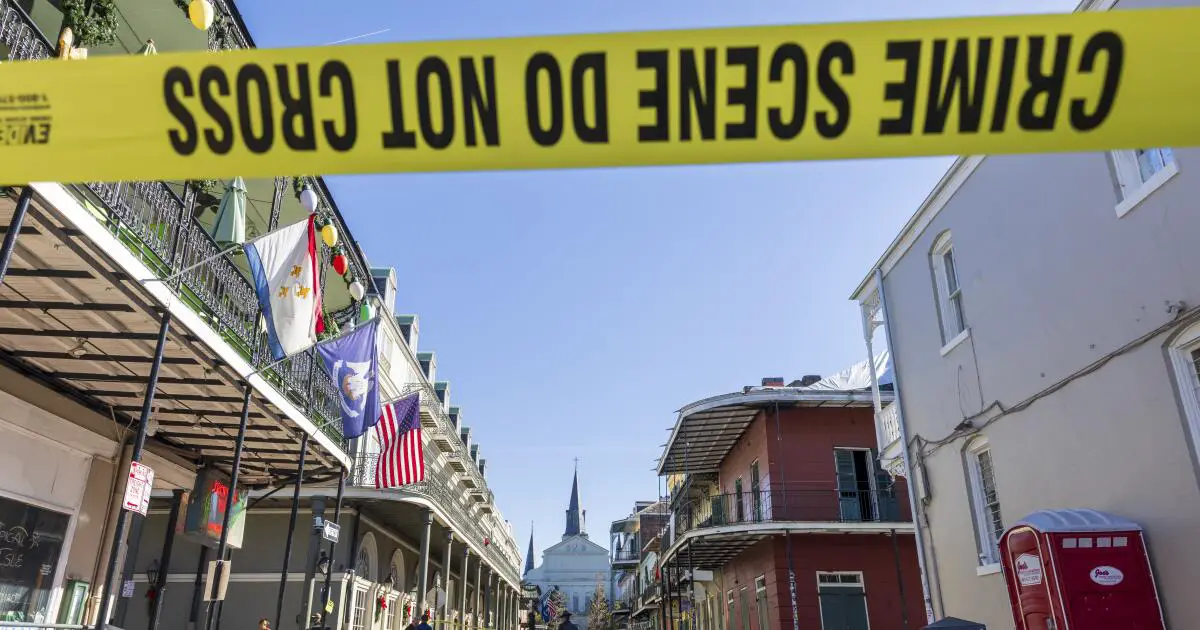How far would you go – and how long would you take – to avoid flying and thoroughly embrace the idea of slow travel? In my case, it was 3,167 miles over three weeks. For nearly a decade I had wanted to do a road trip to Croatia, and to get as much out of the journey as the destination itself. Rather than bomb down the motorway for marathon stretches, the idea was to slow down and see new things.
It seemed we had barely rolled off Le Shuttle (the name Eurotunnel reverted to last spring) before my husband and I were out of France and bouncing along Belgium’s bumpy motorways. After a six-hour drive, Germany’s oldest city, Trier, made a pleasant overnight stop, the reconstructed gothic Hauptmarkt square bathed in late afternoon sunlight. Its summer pop-up bar taught me that the Mosel wine region makes some very drinkable rosés.
Germany proved to be one of those places where I couldn’t stop making mental notes on things to come back and explore; and the night we spent in Munich made me wonder why I had never visited before. It wasn’t just handsome Marienplatz and its neo-gothic new town hall; the food shops and stalls on Viktualienmarkt made me seriously hungry.
Rather than stay in the old town, we picked a hotel in Werksviertel, a few S-Bahn stops away. This former industrial area is now full of container bars, sleek hotels (including ours, the Adina, which has a fabulous roof terrace), concert venues and a huge ferris wheel.
Another lovely surprise – the first of many the next day – was Chiemsee, whose waters we glimpsed from the autobahn to Austria. Bavaria’s largest lake shot up my “How on earth have I never heard of this place and can I please come back?” list.
Our entry into Italy’s snappily named Friuli-Venezia-Giulia region coincided nicely with lunchtime. Determined to avoid a dire motorway meal, we found a restaurant in tiny Tarvisio where pizzas came smothered with local San Daniele ham. Later, in Udine, we watched a beautiful Renaissance town wake from its afternoon snooze and come alive with the evening passeggiata. An aperitivo in Piazza Giacomo Matteotti, a wander under Piazza della Libertà’s porticos, and a dinner of spaghetti alle vongole is what you want after a five-hour drive. The next day, when we caught our first glimpse of the Adriatic on our way to Trieste and stopped for lunch surrounded by Habsburg stateliness, I was making more plans to return.
Our Italian interlude was so delightful I was almost sorry to whiz through Slovenia and finally into Croatia. My goal was my parents’ region of Lika, in the west of the country, above Zadar, but for once I wasn’t visiting the inland area where my family came from. When I was writing my Croatia travelogue, My Family and Other Enemies, in 2022, I lamented how – with the exception of Plitvice Lakes national park and its surroundings – much of this beautiful region is being left behind in Croatia’s tourism boom. My intention this time was to explore Lika’s western half, where tourism has more of a foothold.
It’s easy to find a bucolic bolthole in Lika’s karst mountain landscape of forests, rivers and lakes. An online trawl came up with a wooden cottage outside the village of Perušić. Named IV-AN after its genial owner from nearby Gospić, the cottage was backed by forests and fronted by farmland. The only sounds were birdsong, crickets and, come evening, sizzling meats on the barbecue. My new obsession, the Merlin Bird ID app, picked up the calls of nuthatches, nightingales, owls and shrikes.
The lane behind led to Grabovača cave park, whose Samograd cave had been on my must-see list. Unfortunately, I was recovering from a knee injury and couldn’t tackle the slippery steps. The same went for other activities that are turning Lika into a giant adventure playground – rafting and kayaking on the Gacka and Lika Rivers and Lake Krušćica, mountain biking, quad biking and even just plain old hiking. But Lika has other tricks up its sleeve.
One of the most captivating is in the village of Kuterevo, about 45 minutes’ drive from our cottage. Since 2002, the Bear Refuge has been looking after orphaned brown bears whose mothers had been killed, or who had been rescued from illegal zoos, all kept in spacious enclosures. It’s free to enter, but volunteer wardens are happy to take donations. When it’s hot, the bears lurk in the shade, but on this rainy morning they were all ambling about. The most poignant was Bruno, who arrived in 2019 from an illegal zoo, and he still hasn’t lost his captivity habit of pacing back and forth.
Apart from Plitvice, Lika’s other claim to fame is the birthplace of Serbian-American inventor Nikola Tesla, whose village of Smiljan has spawned a mini-industry. At the Memorial Center Nikola Tesla you don’t have to be a science buff to enjoy the demonstration of the Tesla coil, the film about the inventor’s life, or the exhibits in the house where he was born – beside the 1765 church where Tesla’s father was parish priest.
Smiljan is only three miles from Lika’s county seat, Gospić, and its Lika Museum, housed in an attractive 18th-century building. Among the medieval artefacts and Habsburg furniture is a really good art gallery with an exhibition of early 20th-century photographs. Those photos had me spellbound: my paternal grandfather was Gospić’s railway stationmaster briefly, until his untimely death in 1933, and this gave me a glimpse into his world.
after newsletter promotion
Western Lika’s other major town is Otočac, in the Gacka valley, the focus of much of the area’s outdoor pursuits. Most of the River Gacka is below ground, but what can be seen in this broad valley is serenely beautiful, shaded by trees and full of brown trout. If I couldn’t go kayaking, at least I could find a riverside restaurant – Bistro Ribić and Bumerang were particularly good – and we feasted on two whole grilled trout for €12.
Two of the three major sources that feed into the Gacka are only a few miles apart, both wondrous little watery worlds. At Majerovo Vrilo, old restored mill houses (one still milling flour) form a bridge across the mini rapids; behind them the clear water lay still and blue, with reeds and lily pads adding touches of green to match the forested hills behind. A handful of wooden houses overlook this idyllic spot, and I envied their occupants on their waterside terraces. It was a similar sight at Tonkovićevo Vrilo, where more of this sparkling water was burbling under wooden bridges.
In a region that still shows traces of war and continues to lose its young people to emigration, it was pleasing to see hikers, cyclists, anglers and kayakers enjoying this vast landscape. And one young man was there to keep Lika’s spirit flowing, literally. Ivan Vlainić, 31, is bucking the trend for leaving the countryside, having moved from Zagreb to become the fifth generation to run the family brandy business, Stilanova Lika.
“More young people like me have realised that we can make a living here,” he told me during a tasting of his smooth brandies in the restored family house outside Perušić.
Soon, however, we were leaving Lika to meander along the Istrian coast back towards Italy and a last-minute decision to visit Venice. That night, our simple one-star hotel on Italy’s Lake Iseo astonished us with its five-star view of the sun setting on Monte Isola. A few days in the French Alps and a final night in Burgundy rounded off our road trip. My brain was a jumble of languages, my phone overflowing with photos. It was slow travel at its most joyous, and worth the wait.
Travel from Folkestone to Calais was provided by Le Shuttle (crossings from £87 each way). Seven nights’ self-catering at IV-AN cost £600. Adina Apartment hotel in Munich has self-catering apartments from €152 a night. Hotel Allegria in Udine has doubles from €139 B&B. Mary Novakovich’s My Family and Other Enemies: Life and Travels in Croatia’s Hinterland (Bradt Travel Guides, £9.99) is available from guardianbookshop.com







